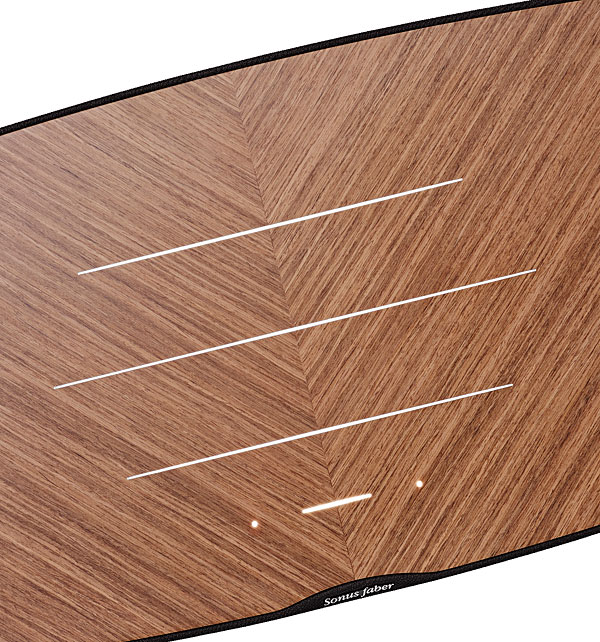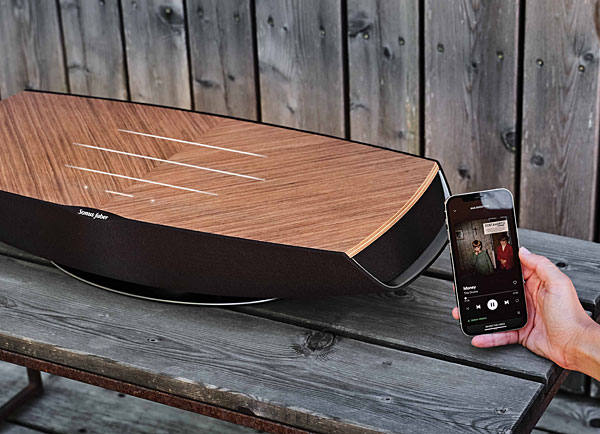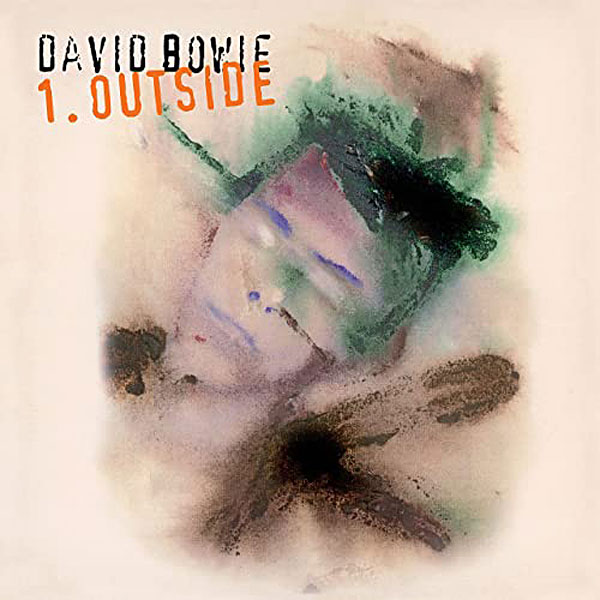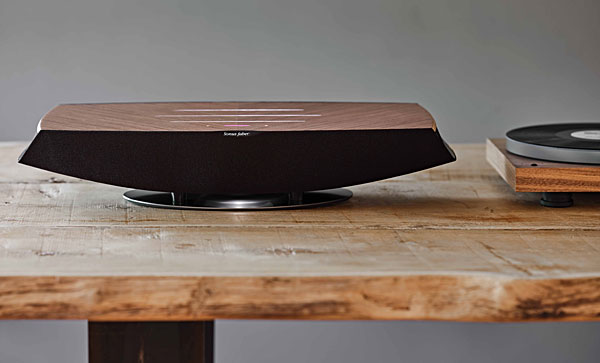| Columns Retired Columns & Blogs |
I like to read Sterephile, and have been doing so for a very long while. I recently enjoyed reading Kal's review and John's commentary and measurements of the KEF Blade Two Meta in the September issue.
Your reviewing this audio enabled $2k plant stand from Sonus Faber seems like a waste of your precious resources.
Opinions vary, and I am just expressing mine.










































